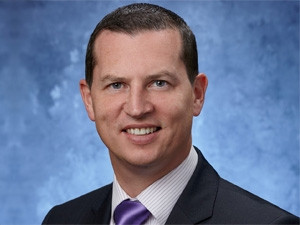
As patient data grows exponentially, healthcare companies are struggling to gain a comprehensive view of the people they are treating.
"Healthcare organisations do not have a complete view of the patient, because there is content (scanned documents, medical photography, medical images) stored outside the patient record. There is a need for IT consolidation to drive efficiencies in health IT spending," says Mark O'Herlihy, director of healthcare at Lexmark's Perceptive Software. He believes clinicians need to be able to navigate through multiple clinical systems with ease, which in turn minimises inefficiencies when delivering patient care.
Healthcare solutions bridge the content gaps in patient records, and deliver all relevant content in context, thus creating a more complete patient record, says O'Herlihy.
What these healthcare institutions need is a platform that combines vendor neutral archive (VNA) and enterprise content management (ECM) technologies, he says. This will create an integrated framework to manage, store and access all forms of content, including clinical images, digital photos, audio and video content, and all other unstructured data.
"A vendor neutral archive provides the core building blocks of an e-health strategy; it should have the capacity to manage all clinical content independently of the application or storage device, providing a true electronic health record," says O'Herlihy.
He notes there are clinical, financial and IT benefits that a healthcare institution can enjoy by moving away from traditional medical imaging and storage archives. "Implementing a digital care record provides numerous benefits. Records can be created, updated and amended, stored, shared and accessed much more quickly than a paper alternative."
According to O'Herlihy, this improves patient care and simplifies the clinical experience by delivering all the necessary content on a common interface, which allows for timely clinical decision-making, better collaboration and improved sharing of patient information.
"Healthcare organisations need to better understand the digital technologies available to them to improve clinical effectiveness, which will in turn reduce the administrative burden placed on frontline staff," he notes. "With manual processes, time wasted on finding misplaced, lost or damaged documents is considerable and a major hassle for patients."
Share